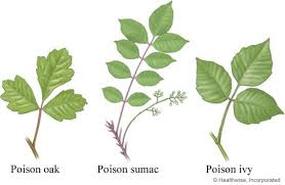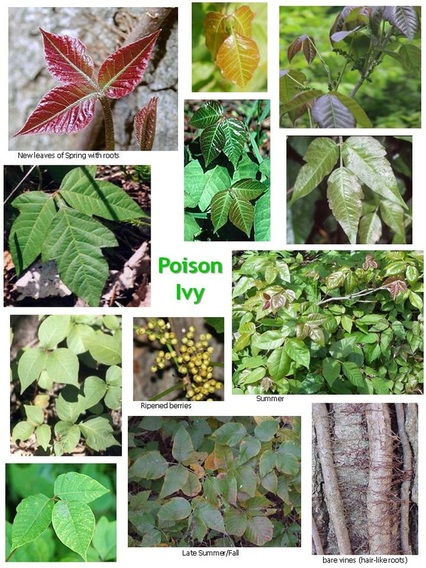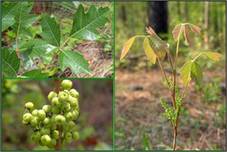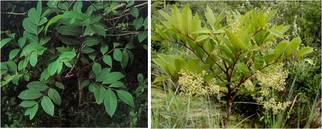|
Poison Ivy: The scourge of hikers, gardeners and outdoor enthusiasts of all ages!
Recent studies have shown that another effect of global warming is bigger, faster growing, more potent poison ivy, so it's important to learn to recognize and avoid it! The leaves on the poison ivy plant can be various shapes, which makes identifying them tricky. Some are rounded, others are narrow; they can also be notched, serrated or smooth. In addition to growing in threes, leaves are also arranged with two leaves opposite each other and one leaf at the end, separated from the other two by a stem. Wearing long sleeves and pants tucked in to socks can protect you from coming into contact with the urushiol oil that causes the rash. Another preventive measure is to apply a pre-exposure product such as Ivy-Block. Once you have come into contact with poison ivy, Ivy Cleanse or IvyX towlettes are great for removing the potent oil, and come in individually wrapped towlettes perfect for hikers, who can throw a few in their packs. Zanfel wash or Technu can also help to remove the oil when used promptly after exposure. |
It climbs, it creeps. It's a bush, it's a tree. Leaves of three - let it be!
|
Atlantic Poison Oak: Also known as "oak-leaf ivy". Grows as a low shrub; does not climb as a vine. Stems generally grow upright. Has oak-like leaves in clusters of three, that generally change from bronze to bright green in spring, then to red in summer and bright red or pink in fall. Produces small yellow-white flowers which develop into greenish-white or yellowish berries. Poison Sumac: Grows in moist or boggy areas. Rangy shrub up to fifteen feet tall. Each leaf has a row of seven-thirteen smooth-edged paired leaflets; black blotches may appear on the leaves. Produces glossy yellow-white berries. |
Wondering what to do about bears, ticks and other trail pests? Click here for some tips...





